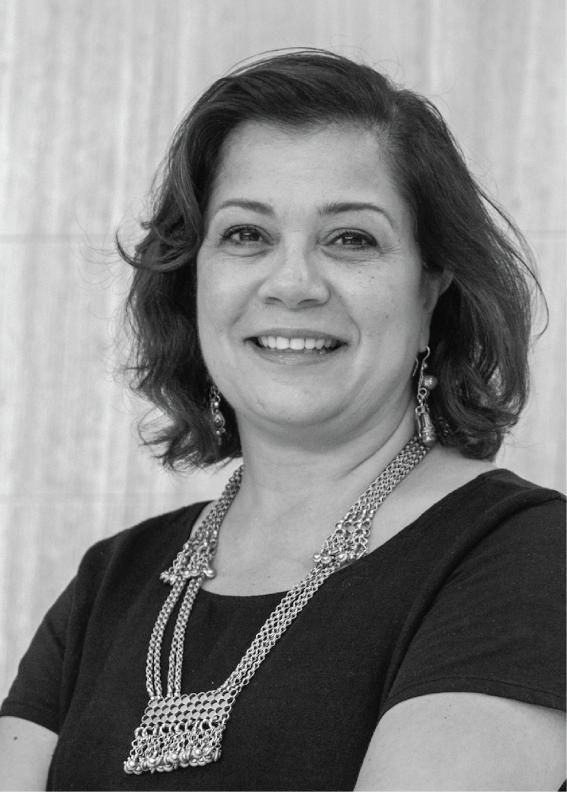We are closed and will open at 04:00 pm

RUBA KANA’AN
RUBA KANA’AN (DPhil, Oxon) teaches Islamic art and architecture at the University of Toronto, Canada. Her research and publications focus on the intersections between art and law in Muslim contexts in two research areas: mosque architecture and Islamic metalwork. She is author of multiple academic articles and is currently working on the forthcoming book “The Friday Mosque: Law, Architecture, and Authority in Pre-Modern Muslim Societies” (Edinburgh University Press). Her experience spans the worlds of academia, museums, architectural practice and community-based art education.
The Impact of the Fiqh and Waqf Institutions on the Architecture of the Friday Mosque
This paper examines fiqh manuals and fatwas addressing the dramatic increase in the number of Friday mosques in Cairo and Damascus under the Mamluks, who ruled between 1250 and 1517, when a series of new Friday mosques were built and new religious complexes including madrasas and khanqahs started being used for Friday prayer. These new Friday mosques changed the urban character of both cities and generated heated debates amongst the ulama in support of or opposition to their presence. This illustrated paper explores the meaning and function of Friday mosques through examining a collection of legal opinions (fatwas) by the 14th century Sunni jurist Taqi al-Din al-Subki (d. 1355). Al-Subki’s elaborate fatwas trace the historical development of Friday mosques from early Islam until his time focusing two interrelated issues: 1) the location, space, and adjacencies of the Friday mosque, focusing on the permissibility of multiple Friday prayers in one city; and 2) the role of the waqf of minbars in changing the nature of Friday mosques. While the historical impact of waqfs on the building, expansion, and support Friday mosques has been well researched, their role in changing the nature and number of Friday mosques has received less attention. As a chief judge, a celebrated jurist, and a mufti who lived and worked in both cities, al-Subki presents a clear explanation for the limited presence of Friday mosques before the Mamluk period and the increase in their numbers that made them an architectural and visual symbol of Islam since then.

